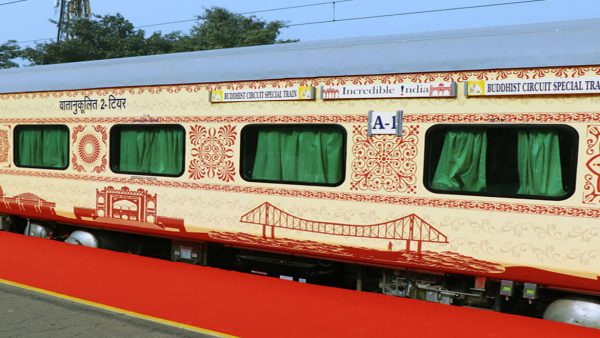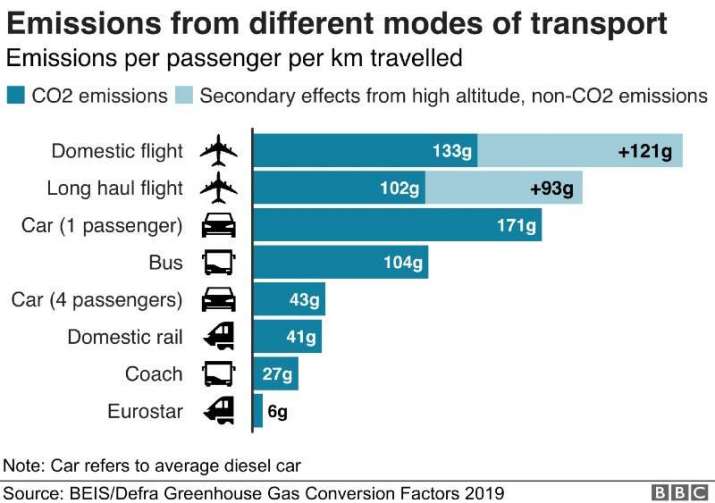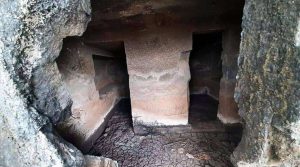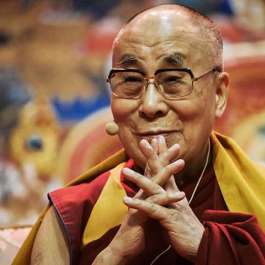
As India begins the world’s largest COVID-19 vaccination program, tourism officials have placed train travel to key Buddhist sites at the top of their agenda. In a webinar titles “Exploring Buddhist Circuit by Train” on 16 January, officials discussed showcasing Indian Buddhist heritage to the domestic market and to anticipated growth in the international market for train travel when the coronavirus pandemic recedes.
Taking up the lead in the webinar, Ministry of Tourism deputy director general Shri Arun Srivastava noted that there are 500 million Buddhists worldwide, offering enormous market potential for Buddhist tourism in India.
“India has a rich, ancient Buddhist Heritage, with several important sites associated with the life of the Lord Buddha. . . . Indian Buddhist heritage is of great interest to the followers of Buddhism the world over,” he explained. (TTR Weekly)
Also presenting in the webinar was Dr. Achyut Singh, general manager of tourism and marketing for the Indian Railway Catering and Tourism Corp (IRCTC), who observed: “The IRCTC Buddhist circuit tourist train will cover the most venerable sites of Buddhism, following the life path of the Enlightened One, the Buddha himself, and covering all the places which had a significant impact on the Buddha’s life and teachings.” (TTR Weekly)
Singh also noted that Lumbini, the birthplace of the Buddha, lies just a few kilometers across the India-Nepal border, but is nonetheless served by the IRCTC Buddhist circuit, which is also known as the Mahaparinirvan Express. This ensures that passengers can pay respects at the holy site—one of the four key traditional pilgrimage sites in Buddhism—and visit the Maya Devi Temple there, dedicated in honor of the Buddha’s mother.
The other key sites, all in contemporary India, will also be on the itinerary: Bodh Gaya, where the Buddha attained awakening, Sarnath, where the Buddha gave his first sermon, and Kushinagar, the site of the Buddha’s death.

Near Bodh Gaya is Rajgir, the site of numerous events in the Buddha’s lifetime and later Nalanda University, as well as Vulture’s Peak, a mountain featured in many important Mahayana sutras. These sites are all part of the planned tourist itinerary, accessed by bus. Similarly, Varanasi is host to a wealth of Indian history and culture and can be visited from nearby Sarnath. Stepping outside the historically Buddhist history, travelers are treated to a final stop at India’s Taj Mahal, one of the New Seven Wonders of the World.
India has in the past sought to utilize Buddhism in its effort to increase international tourism. In 2019, a series of low-cost flights were announced as an incentive to draw domestic and international tourists to an area that can be difficult for tourists to navigate. In the post-pandemic world and even before, however, many people are re-thinking the ethics of leisure and spiritual travel. According to recent estimates, domestic rail travel can cut CO2 emissions per passenger by half or even two-thirds from various flight options.

The planned Buddhist tourism circuit offers visitors an option to see all of the major Buddhist pilgrimage sites along with numerous sites of importance to Buddhist and Indian history and culture without resorting to air travel once in India.
Read more
India promotes Buddhist train tour (TTR Weekly)
Ministry of Tourism organises ‘DekhoApnaDesh’ Webinar on “Exploring Buddhist Circuit by Train” (Orissa Diary)
Epitome of love (The Hindu)














